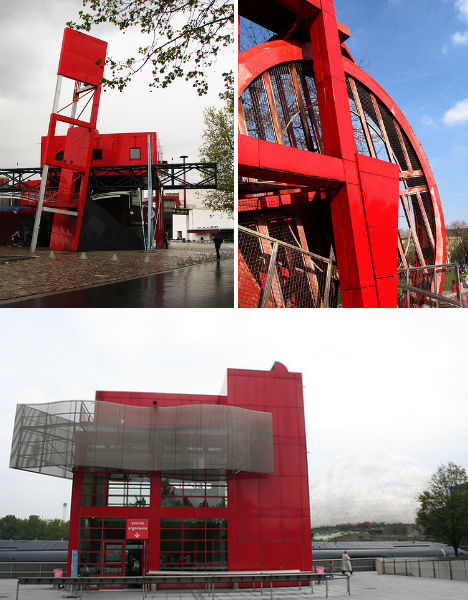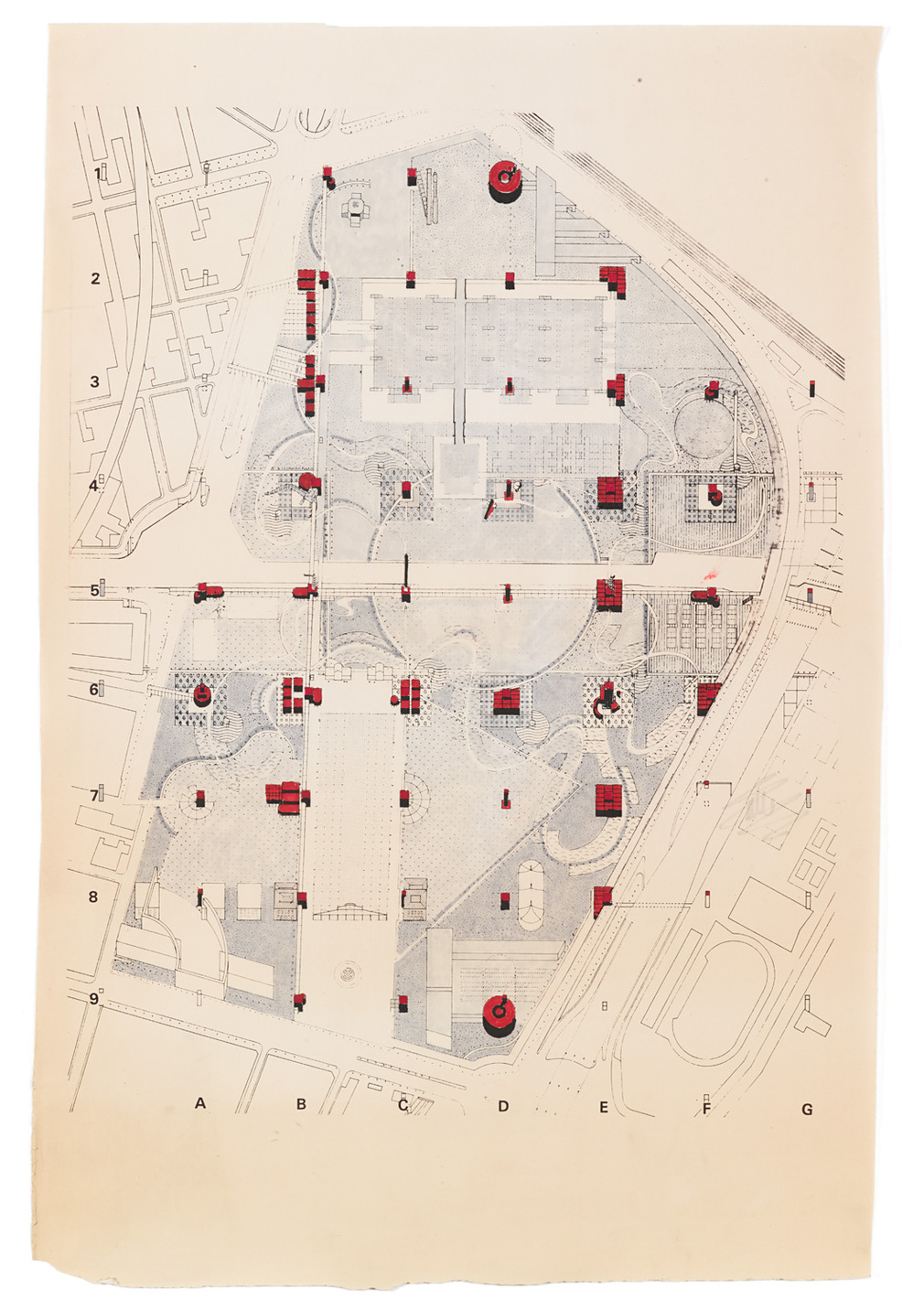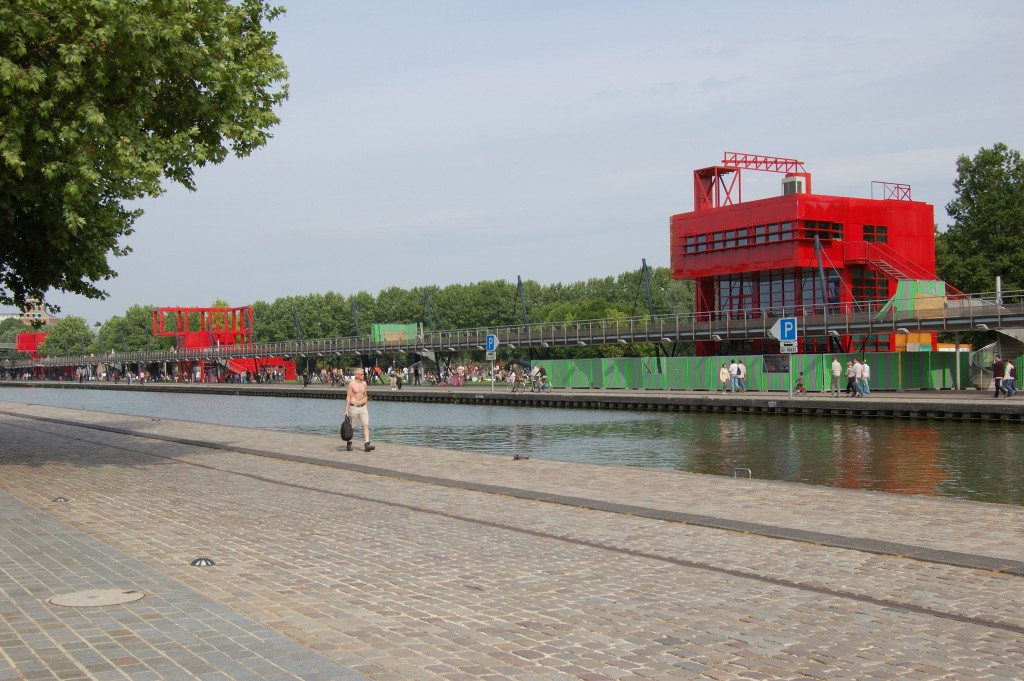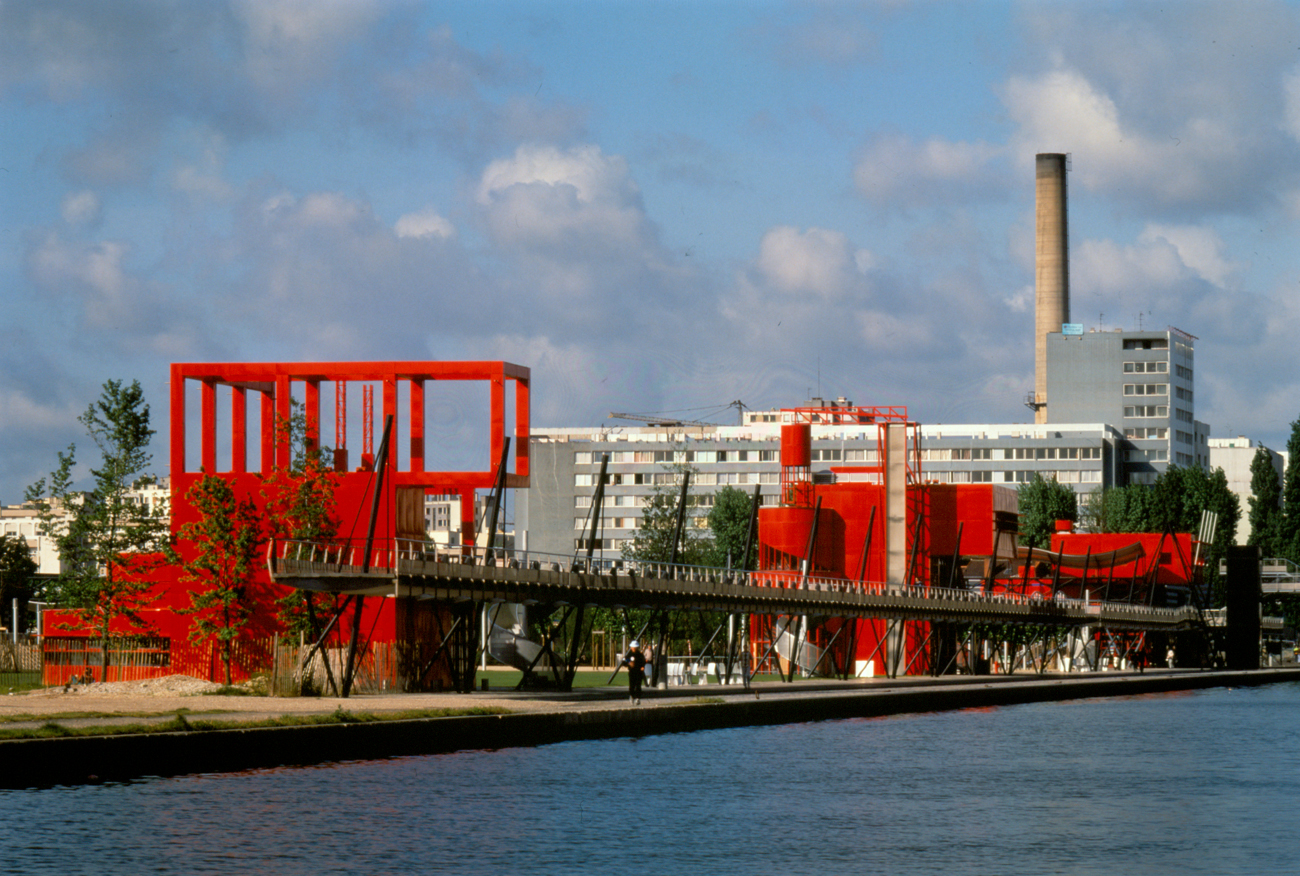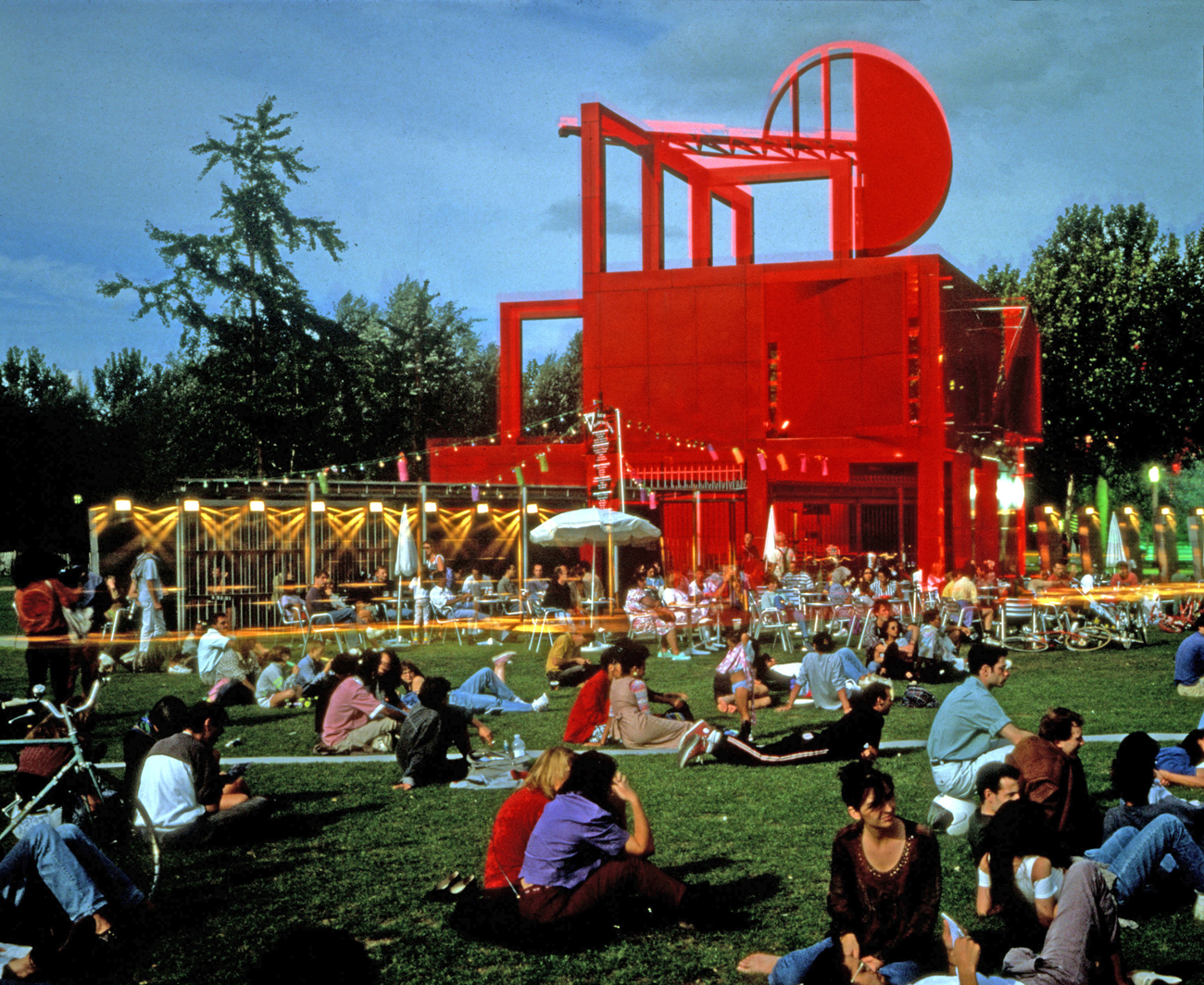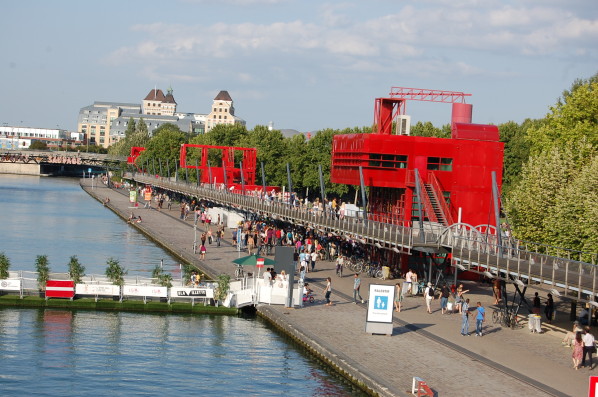To know the spirit of a place is to realize that you are a part of a part and that the whole is made of parts, each of which in a whole. You start with the part you are whole in.”
― Gary Snyder, The Gary Snyder Reader, Volume 1: Prose, Poetry and Translations 1952-1998
"In general the part differs from the whole.
The part cannot totally contain the whole.
But it always partially contains the whole.
The part contains the whole to some degree."
Bart Kosko, Fuzzy Thinking, p 58
Part to Whole. The whole makes the parts interesting. Putting this website together has got me thinking about myriad ways projects and concepts can be presented within the website format. Do I present it project by project?, or as a procession of thoughts building to an overall picture?, by timeframes or overriding concepts and so on. In all this, and perhaps in a most timely manner, I was struck by how a holistic viewpoint can make the small parts interesting and also how knowledge of the whole adds more meaning to the part.
As an artist I have often worked in series of works or a number of works making a body of work about specific concepts. I have realised that the relation of part to whole and vice versa is an important aspect of how I think about my work. Relating part to whole is one of the factors that influence my current investigations relating to urban green spaces.
The act of breaking down or negotiating a big space by working to the relation of part to whole brings to mind the influential architect Bernard Tschumi's landmark work Parc de La Villette (an 125-acre cultural park based on activities as much as nature.) Tschumi's series of follies in its landscape materialise this concept.
"There is no architecture without event, without activity, without function; architecture must be thought of as the combination of spaces, events and movements, without precedence or hierarchy between these terms. ... The idea of architectural unity yields to those of heterogeneity and fragmentation; the one of fixed and hierarchical form gives way to the dynamic." Bernard Tschumi
Tschumi settled in New York City in the 1970s and was heavily influenced by the neighbouring disciplines of the visual arts, film and literature of which he introduced with post-structuralist thought into architectural theory. Most of his early projects were designed as theoretical manifestos that were synthesized in the drawing series The Manhattan Transcripts, (produced in New York City in the mid-1970s). This research led to the landmark Parc de la Villette and other projects notable for transforming concepts to physical form as much as for their visual impact.
This part to whole relation and metonymic way of working has made me realise that concepts that have underpinned my work in have either been specific literary devices or part of a literary tradition and mode. For example the uncanny (a big influence on previous work) can be expressed in literary terms very well and is used as a driving mechanism for some types of writing. And as I am outlining in this post, the metonymic - part to whole relation - a word or phrase that's used to stand in for another - is particularly relevant to how I am thinking about my work process now. I am still making artworks that can be an end in themselves but it's how they fit within the framework of my practice that interests me.
To unpick this further and to explain the context of metonymy to how I think about making art - the cognition of my practice - metaphor is based on similarity whereas metonymy expresses simple contiguous relations between objects, such as part-whole, cause-effect, and so on. Metonymy enables us to use one part or aspect of an experience to stand for some other part (or the whole) of that experience. Unlike metaphor which involves two domains of experience, metonymy only requires one. Unlike metaphor which is based on similarity, metonymy requires contiguity, i.e. 'closeness' of association. Most metonymies are so common we never notice them.
I am inclined to think about big picture stuff, the expansiveness of space ideas can inhabit, (whether this is expressed through physical objects, sound, or thought), and yet I make series of works and objects that for me that are just as important by themselves to expand this space. This expansiveness doesn't happen without the accumulation of works, yet the works have more weight when they are considered in the relation to the whole. A constellation relies on its pieces etc...
Part to whole. For me this is useful to think about and one of the myriad ways I can call upon to anchor my work, perhaps, as you could say, much in the way tent pegs work to hold a tent steady.
